Table of Contents
Have you ever wondered about the animals that have inspired technology we have today? From the flight of birds to the speed of cheetahs, animals have been the blueprint for many remarkable technological advancements. This article explores 15 fascinating examples of biomimicry, where nature’s designs have sparked human innovation.
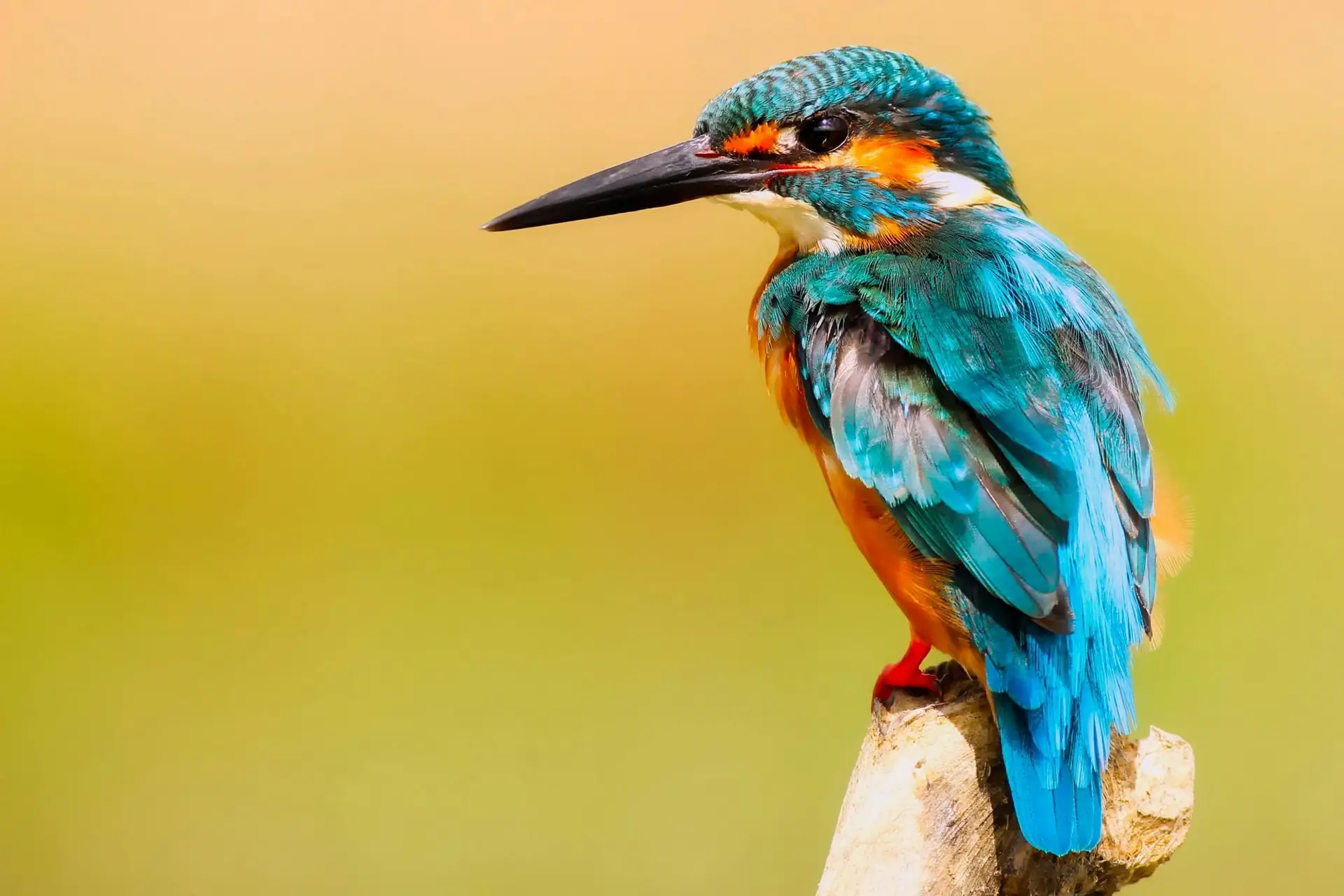
Kingfisher and Bullet Trains
The kingfisher’s streamlined beak allows it to dive into water with minimal splash. Engineers mimicked this design for Japan’s Shinkansen bullet trains to reduce noise and increase speed. By studying the kingfisher’s beak, designers created a train nose that cuts through the air more efficiently, leading to quieter, faster, and more energy-efficient trains. This design change has significantly improved passenger comfort and operational efficiency, making it a groundbreaking example of biomimicry.
Geckos and Adhesive Technology
Geckos can climb walls and even walk across ceilings thanks to millions of tiny hairs on their feet, known as setae. These hairs create van der Waals forces, allowing geckos to adhere to surfaces without using liquids or surface tension. Inspired by this, scientists developed synthetic adhesives that mimic these properties. These adhesives, known as gecko tape, have potential applications in various fields, including robotics, where they can enable robots to climb walls and ceilings, and in medicine, where they can be used for non-invasive surgical tools.
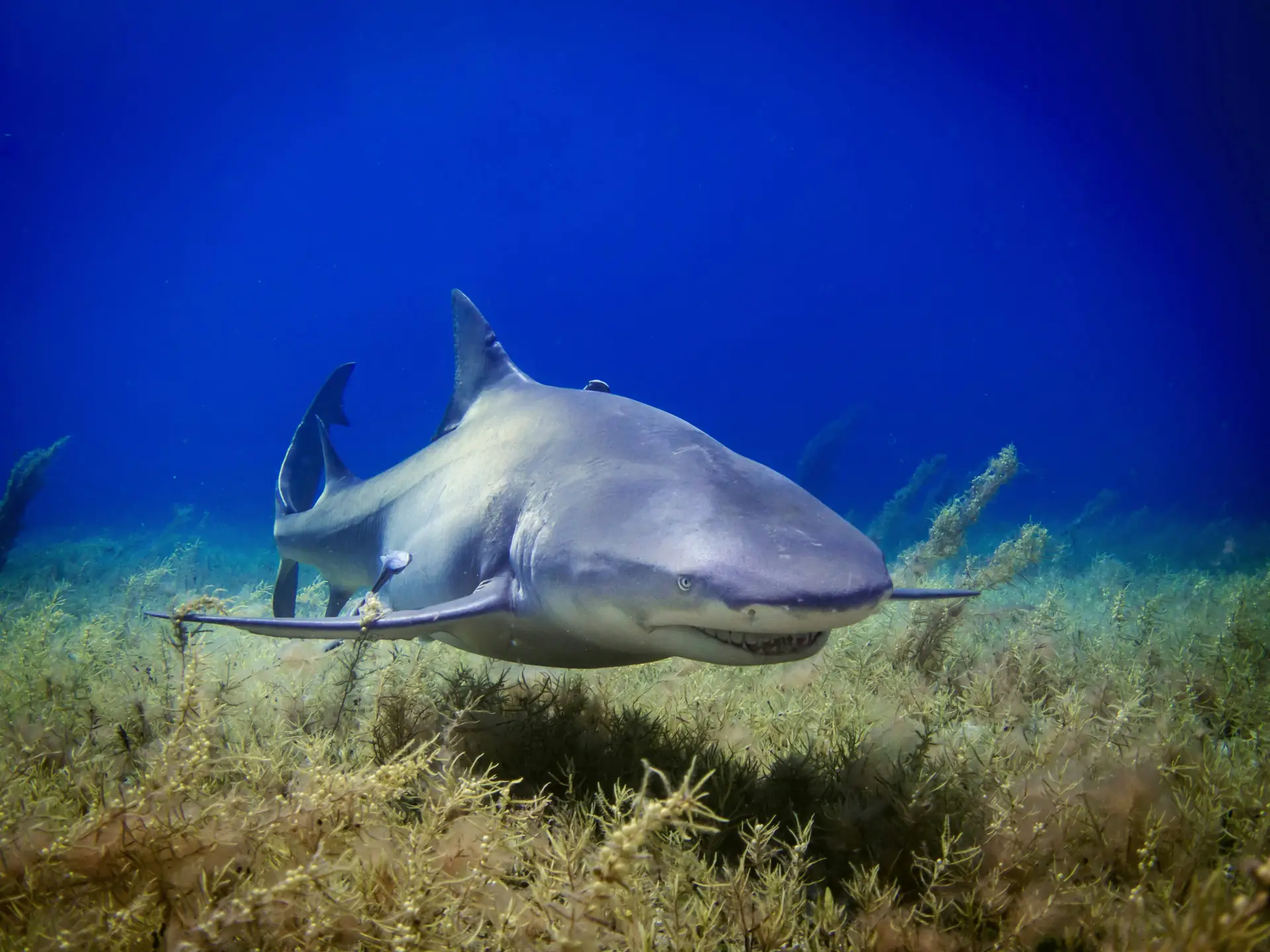
Sharks and Swimsuits
Sharkskin, covered in tiny tooth-like structures called denticles, reduces drag and increases swimming efficiency. Swimmers using sharkskin-inspired swimsuits have gained a competitive edge, with the suits reducing drag and turbulence. This technology extends beyond sports, as similar textures are now applied to the hulls of ships and submarines to enhance fuel efficiency and reduce barnacle growth. The application of sharkskin principles demonstrates how natural adaptations can lead to significant advancements in performance and efficiency.
Termites and Sustainable Architecture
Termite mounds maintain a constant internal temperature through a sophisticated system of vents and tunnels, despite external temperature fluctuations. This principle has inspired sustainable building designs, such as the Eastgate Centre in Zimbabwe, which uses passive cooling techniques derived from termite mounds. This building consumes significantly less energy for air conditioning, showcasing how termite-inspired architecture can lead to more sustainable and environmentally friendly structures, reducing our reliance on energy-intensive cooling systems.
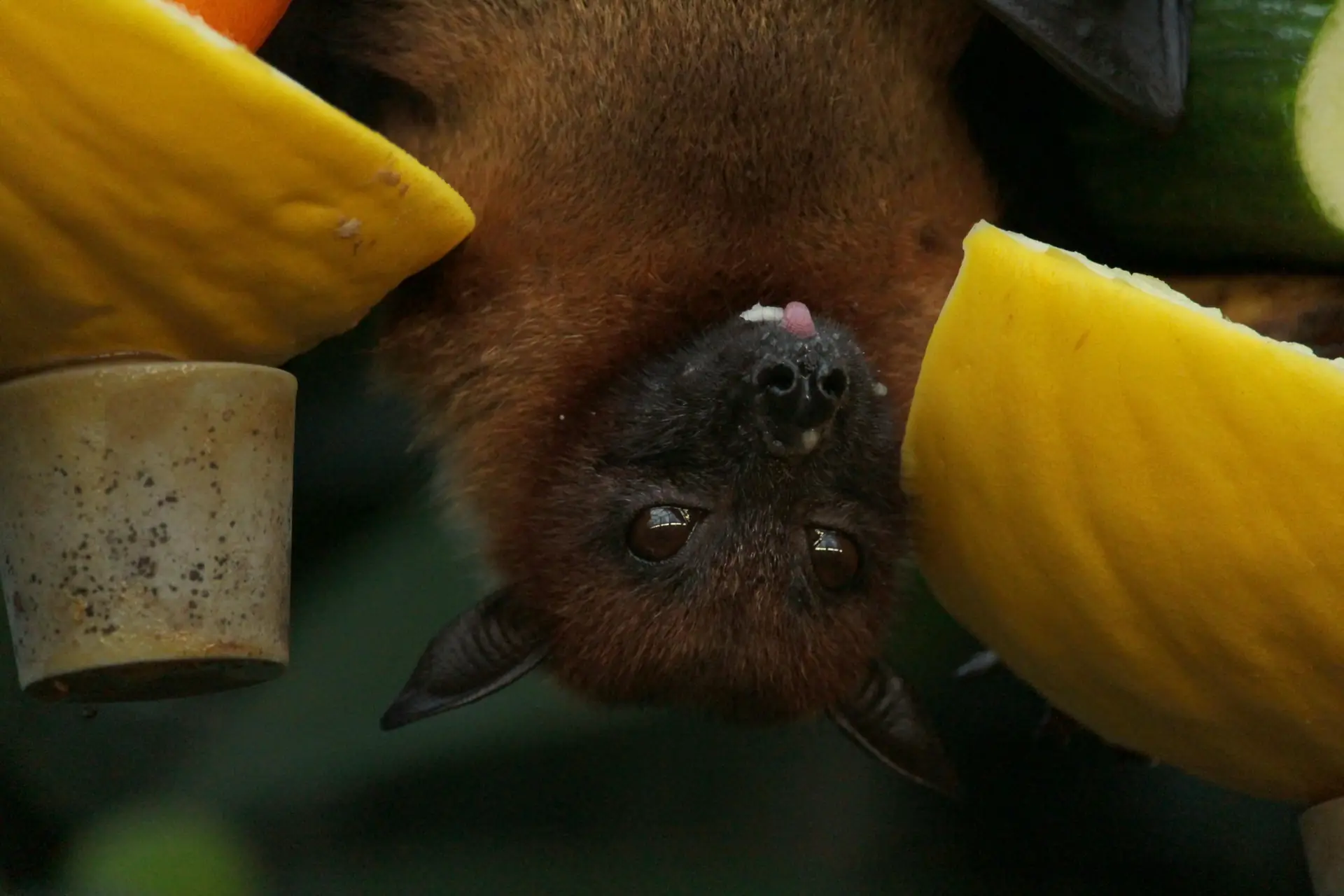
Bats and Echolocation Devices
Bats use echolocation to navigate and hunt in complete darkness by emitting high-frequency sounds that bounce off objects and return as echoes. This natural sonar system has inspired the development of echolocation devices used in submarines, ships, and even in medical imaging technologies like ultrasound. By mimicking bat echolocation, engineers have created systems that can detect objects with remarkable precision, greatly enhancing our ability to explore and understand underwater environments and providing critical medical diagnostic tools.
Humpback Whales and Wind Turbines
Humpback whales possess unique bumps on their fins called tubercles, which enhance their agility and reduce drag. Researchers have applied this design to wind turbine blades, leading to increased efficiency and reduced noise. The tubercle-inspired blades capture more wind and generate more energy, even at lower wind speeds. This innovation highlights how studying the natural adaptations of marine animals can lead to significant improvements in renewable energy technology, making wind power more effective and accessible.
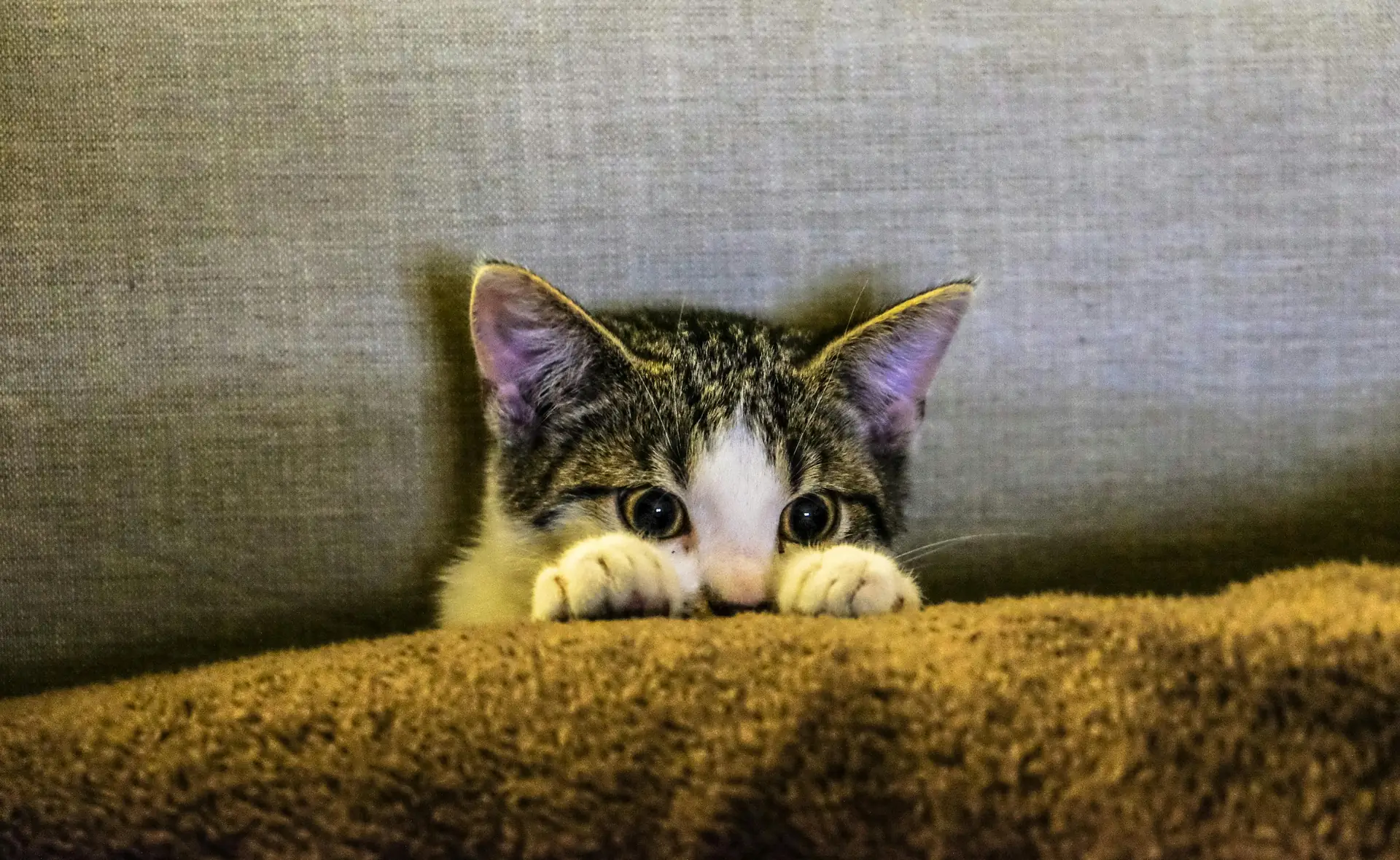
Cats and Quiet Mechanics
Cats’ retractable claws allow for silent movement, enabling them to stalk prey stealthily. This natural design has inspired quieter mechanical systems, such as more silent braking systems in bikes and other machinery. By incorporating retractable mechanisms, engineers can reduce noise and wear, enhancing the lifespan and performance of various mechanical devices. The study of feline movement and mechanics demonstrates how animal adaptations can lead to innovations that improve human technology and reduce environmental impact.
Cheetahs and Robotics
Cheetahs are the fastest land animals, capable of reaching speeds up to 70 mph thanks to their lightweight frame, flexible spine, and powerful leg muscles. This extraordinary speed and agility have inspired the design of fast, efficient robots capable of performing complex tasks with precision. Engineers have developed robotic systems that mimic the cheetah’s movement, improving the efficiency and speed of robotic applications in fields such as search and rescue, military operations, and industrial automation. The study of cheetah biomechanics highlights the potential for animal-inspired designs to revolutionize robotics.
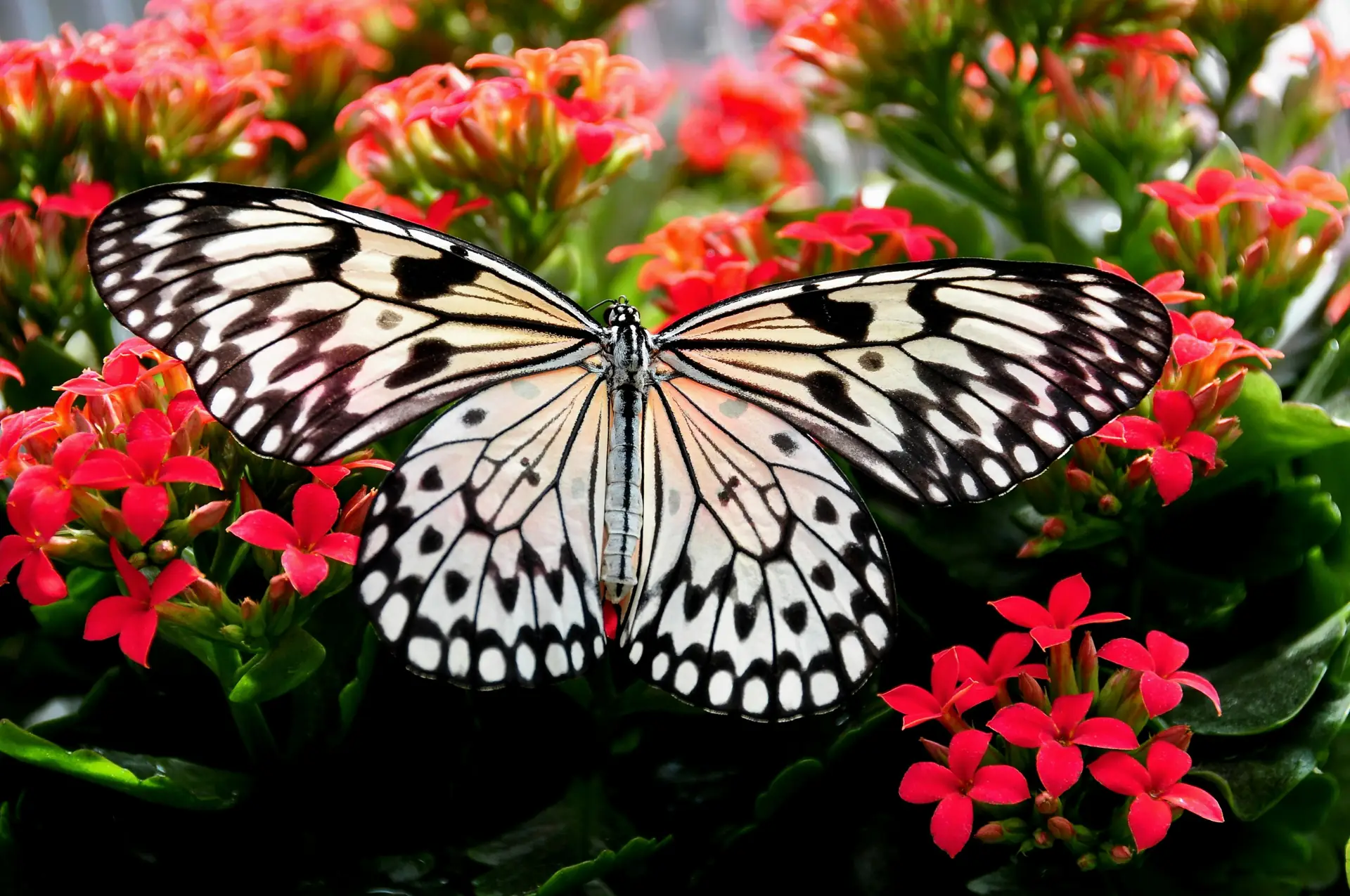
Butterflies and Color Technology
The iridescent wings of butterflies are not colored by pigments but by microscopic structures that reflect light in specific ways, creating vibrant colors. This phenomenon, known as structural coloration, has inspired advancements in color technology, leading to the development of more vibrant and durable pigments and displays. These innovations are used in a range of applications, from high-definition screens to non-fading paints and dyes. The study of butterfly wings reveals how nature’s designs can lead to more sustainable and visually stunning technologies.
Birds and Aircraft
Birds’ flight dynamics, including their wing shapes and flapping patterns, have been studied extensively to improve aircraft design. Engineers have applied these principles to create more efficient and maneuverable planes. Innovations such as winglets, inspired by the wingtips of soaring birds, reduce drag and improve fuel efficiency. The development of flexible, morphing wings, modeled after bird wings, allows aircraft to adapt to different flight conditions, enhancing performance and reducing energy consumption. The study of avian flight demonstrates how nature’s designs can lead to advancements in aviation technology.
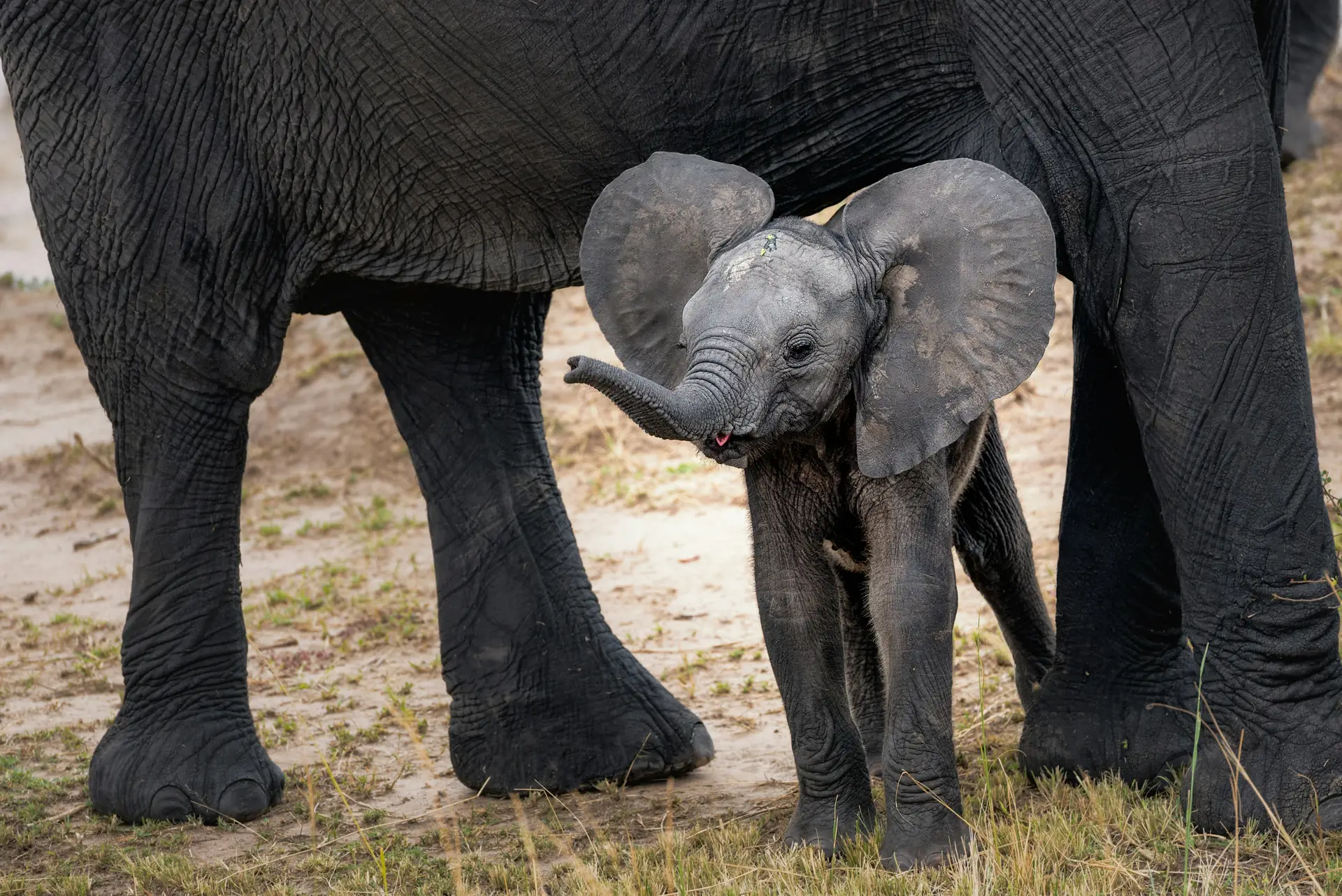
Elephants and Hydraulic Systems
Elephants use a combination of muscle and hydraulic pressure to move their trunks with great precision, capable of both delicate and powerful movements. This concept has influenced the design of advanced hydraulic systems in machinery, such as robotic arms and heavy-duty construction equipment. By mimicking the trunk’s flexibility and strength, engineers have created systems that can perform complex tasks with high precision and control. The study of elephant trunks reveals how understanding natural biomechanics can lead to innovations that enhance the functionality and versatility of human technology.
Dolphins and Sonar
Dolphins use echolocation to hunt and navigate in murky waters, emitting clicks and listening for the echoes that bounce back from objects. This natural sonar system has inspired the development of sonar technology used in submarines and ships to detect objects underwater and map the ocean floor. Dolphin-inspired sonar systems are also used in medical imaging technologies, such as ultrasound, providing non-invasive diagnostic tools that are essential for monitoring and diagnosing various health conditions. The study of dolphin echolocation demonstrates how animal adaptations can lead to advancements in both exploration and medical technology.
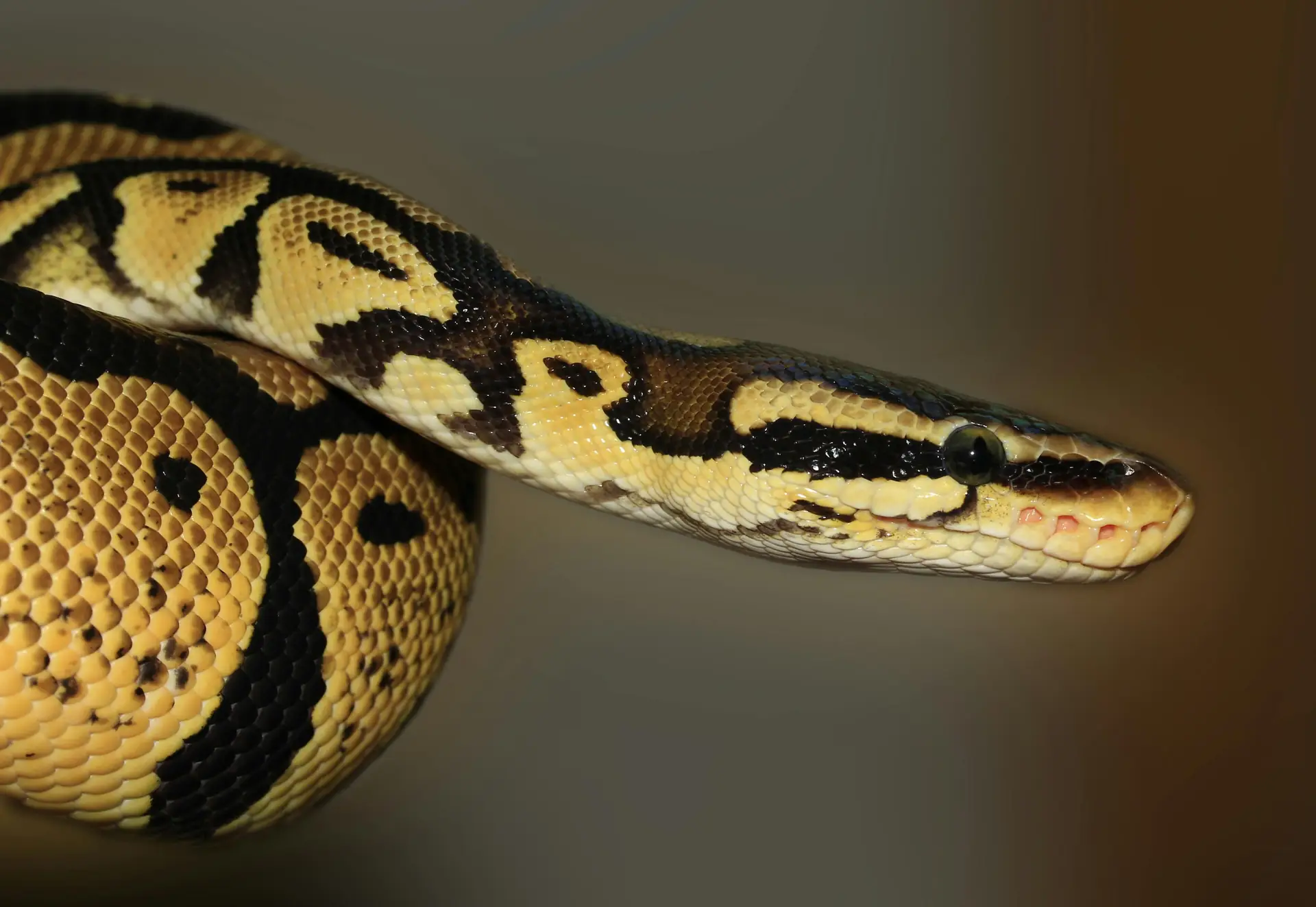
Snakes and Robotic Movement
The slithering motion of snakes allows them to navigate through tight spaces and move efficiently over various terrains. This movement has inspired the development of snake robots that can replicate these motions, making them ideal for search and rescue missions in confined or hazardous environments. Snake robots are also used in medical applications, such as minimally invasive surgery, where their flexibility and precision enable surgeons to perform complex procedures with minimal damage to surrounding tissues. The study of snake locomotion highlights the potential for animal-inspired designs to improve both safety and medical outcomes.
Spiders and Strong Fibers
Spider silk is incredibly strong and flexible, capable of withstanding significant stress without breaking. Researchers have developed synthetic fibers inspired by spider silk for use in various applications, including medical sutures, bulletproof vests, and high-performance textiles. These synthetic fibers combine strength and flexibility, providing durable and lightweight materials that can be used in numerous industries. The study of spider silk reveals how nature’s designs can lead to the development of advanced materials that enhance both safety and performance.
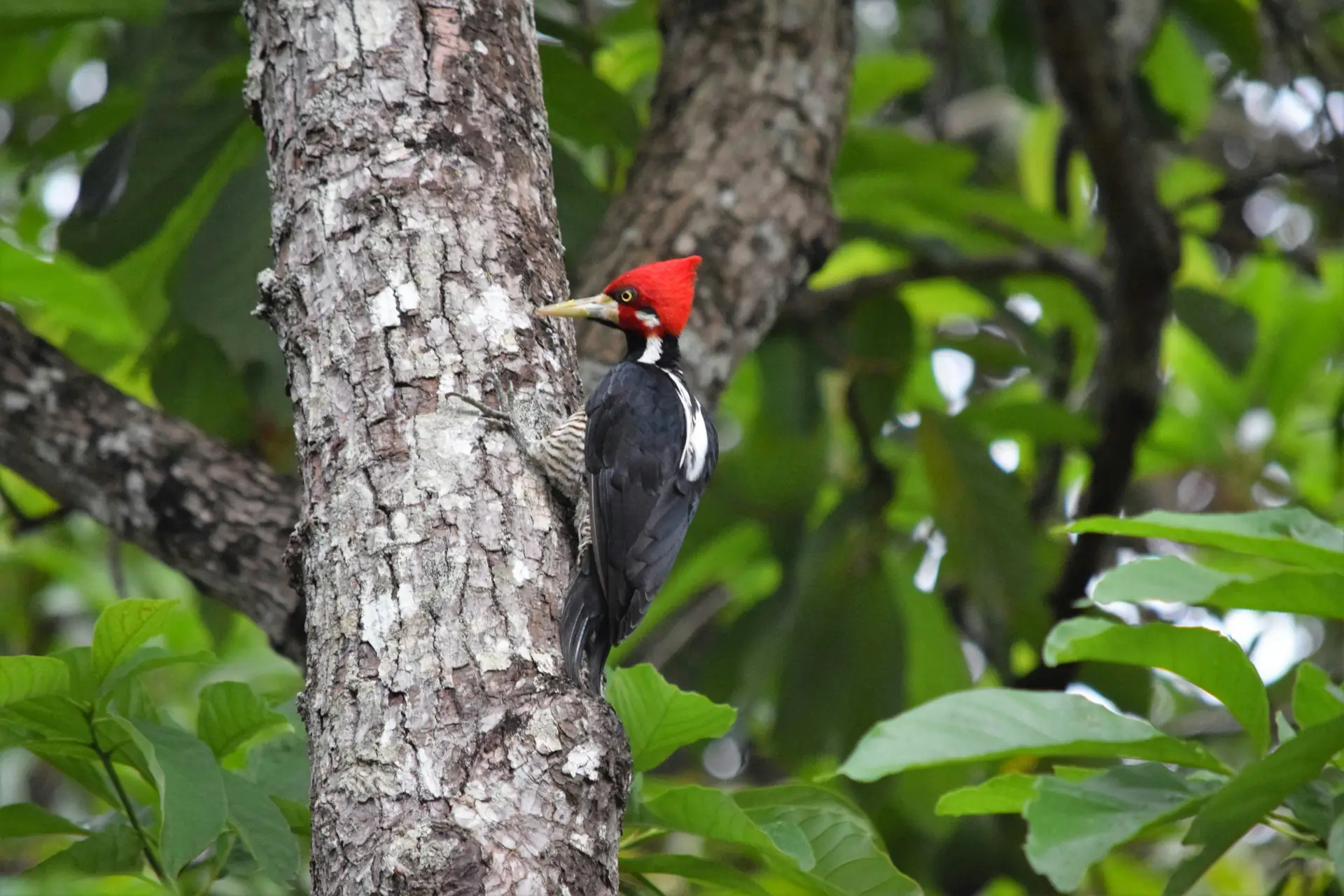
Woodpeckers and Shock Absorption
Woodpeckers can peck at trees at high speeds without injuring their brains, thanks to their unique skull structure and shock-absorbing tissues. This natural adaptation has influenced the design of helmets and other shock-absorbing materials, providing better protection for athletes, construction workers, and military personnel. By mimicking the woodpecker’s shock absorption mechanisms, engineers have created materials and devices that can reduce the risk of concussions and other impact-related injuries. The study of woodpecker anatomy demonstrates how understanding natural protection strategies can lead to advancements in safety equipment.
Learn More!
In summary, the natural world has provided countless blueprints for technological advancements. From the efficiency of sharkskin to the strength of spider silk, animals continue to inspire innovations that shape our world.
Explore more about how animals influence our lives with articles like 18 Amazing Cat Facts You Didn’t Know Before and Animal Superpowers: 10 Incredible Abilities. Dive into our categories on mammals, birds, and fish to learn more about the fascinating animal kingdom.
F.A.Q. about Animals That Have Inspired Technology
How have animals inspired technology?
Animals inspire technology through biomimicry, where natural designs and processes are emulated to solve human problems and improve technology.
What inventions were made after animals?
Examples include bullet trains modeled after kingfishers, adhesive materials inspired by geckos, and sonar technology based on dolphin echolocation.
What is technology inspired by nature?
Technology inspired by nature, or biomimicry, involves replicating the structures, functions, and systems found in nature to create new technologies and solve human challenges.
Do animals still inspire technological advancements today?
Yes, ongoing research continues to find innovative solutions by studying animals, leading to advancements in robotics, materials science, and sustainable
What are some animals that have inspired technology?
There are several animals that have inspired technology through biomimicry, including the kingfisher for bullet trains, geckos for adhesive technology, sharks for swimsuits, bats for echolocation devices, and termites for sustainable architecture. Other examples include humpback whales for wind turbines, cats for quiet mechanics, butterflies for color technology, cheetahs for robotics, birds for aircraft, elephants for hydraulic systems, dolphins for sonar, snakes for robotic movement, woodpeckers for shock absorption, and spiders for strong fibers. These animals have contributed to advancements in various fields by providing natural designs that enhance human technology.



I respect your piece of work, thankyou for all the great blog posts.